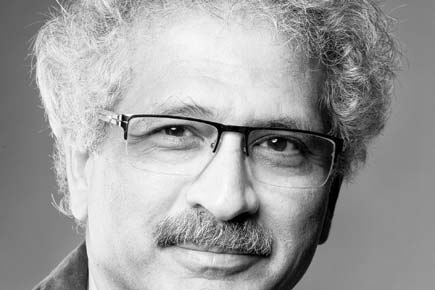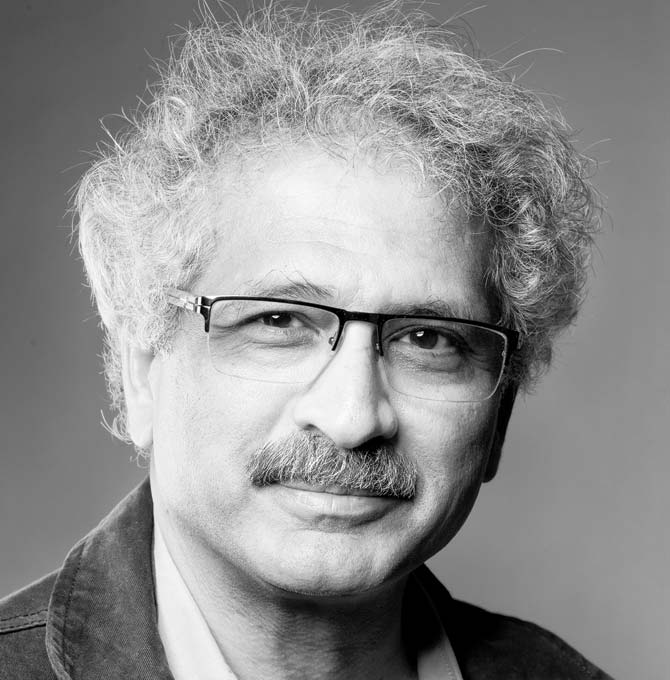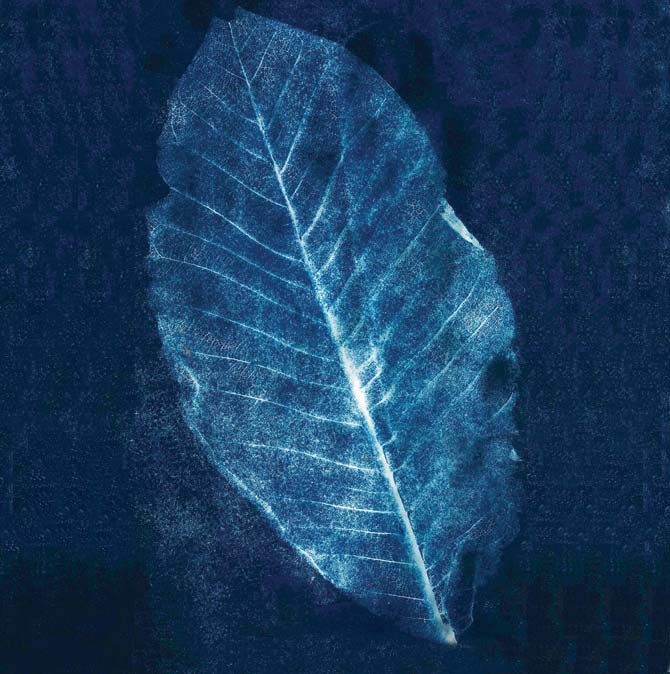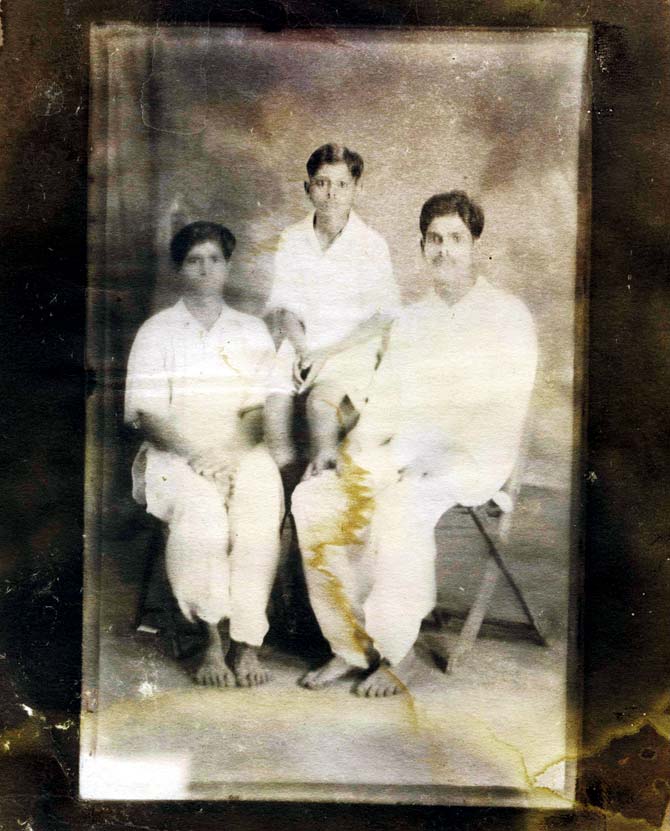Aditya Arya will show you what photography was like before the digital onslaught

Aditya Arya
For most trigger-happy millennials, it will require a slight flexing of the imagination to learn what went behind making the first-ever picture. Mixing of chemicals, exposure to hours of light, washing the plate with a mixture of oil and petroleum, were just some of the elements that were part of the process.
ADVERTISEMENT

Aditya Arya
Although 190 years have gone by since the creation of the world’s photograph these processes continue to fascinate some true blood photographers, and Aditya Arya is one of them. The Delhi-based founder of India Photo Archive Foundation will conduct a four-day workshop later this month on practicing the historic 19th century photographic processes.
"Vintage photography has a certain mystery attached to it because it was conducted in a dark room," he says, adding that a similar set up will be present at his workshop. Arya will introduce participants to cyanotype, egg albumen, salt prints and wet plate collodion printing processes.
"To understand the history and evolution of photography, it’s essential to practically experience these printing processes," he says. He will also take participants through the process of mixing light-sensitive chemicals, sensitisation, exposure and processing images. That learning the process will only inculcate more respect for photography as an art form, is what he hopes.
Here’s a breakdown of these vintage processes

Cynotype prints
Invented by the English Scientist Sir John Herschel in the 1840s, the cyanotype process uses light-sensitive iron salts to form a striking blue photographic image. "Unlike photographs set in silver, like in black and white photography, cyanotypes use a solution of iron compounds," explains Arya.

Egg Albumen Prints
"The albumen found in egg white was used to bind the photographic chemicals to the paper," says Arya. This, he says, became the dominant form of photographic positives from 1855 to the turn of the 20th century, with a peak in the 1860-90 period. Invented by Louis Désiré Blanquart-Evrard, it was the first commercially exploitable method of producing a photographic print on a paper base from a negative.

Salt paper prints
A dash of salt was an essential ingredient in the making of prints. According to Arya, it was the dominant paper-based photographic process for producing positive prints during the period from 1839 through approximately 1860. The salted paper technique was created in the mid-1830s by English scientist and inventor Henry Fox Talbot.
Collodion process
Faster than the other processes, this process requires the photographic material to be coated, sensitised, exposed and developed within the span of about fifteen minutes, in a dark room. "By the end of 1850’s, this process had almost entirely replaced the first practical photographic process."
 Subscribe today by clicking the link and stay updated with the latest news!" Click here!
Subscribe today by clicking the link and stay updated with the latest news!" Click here!








